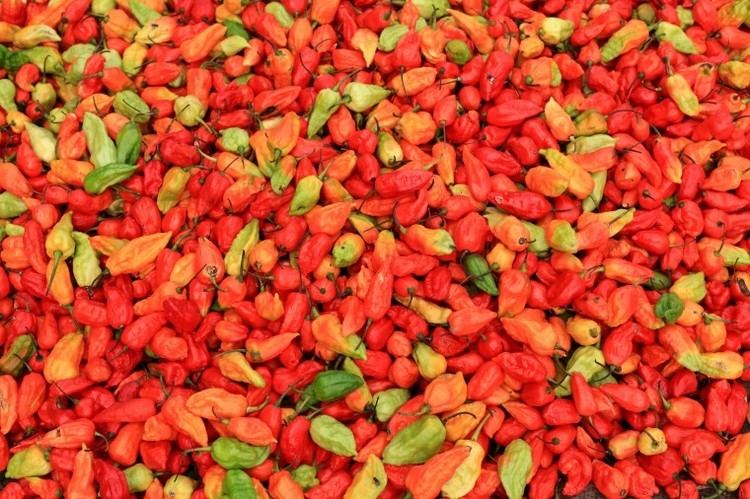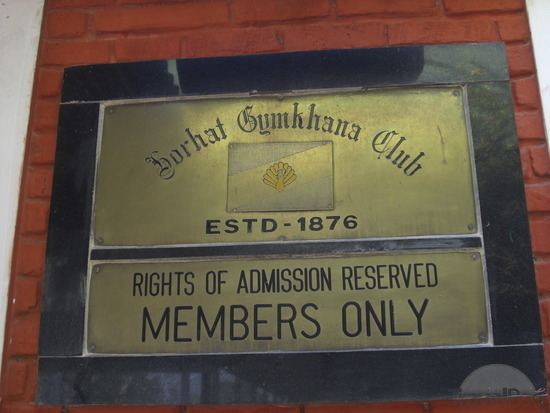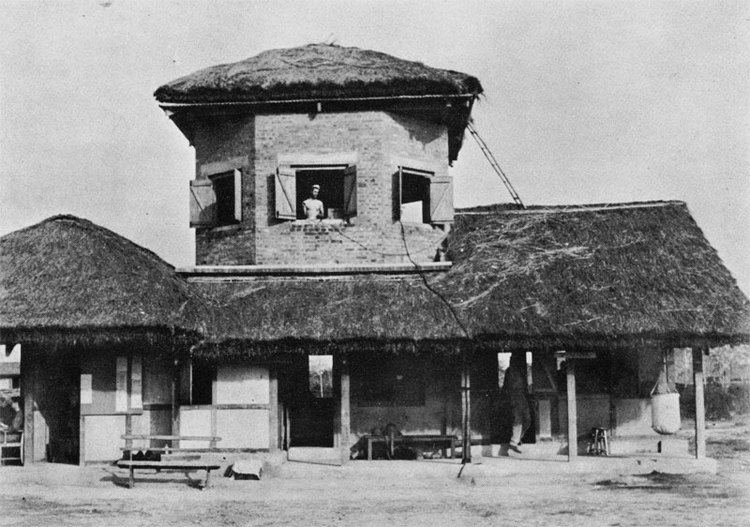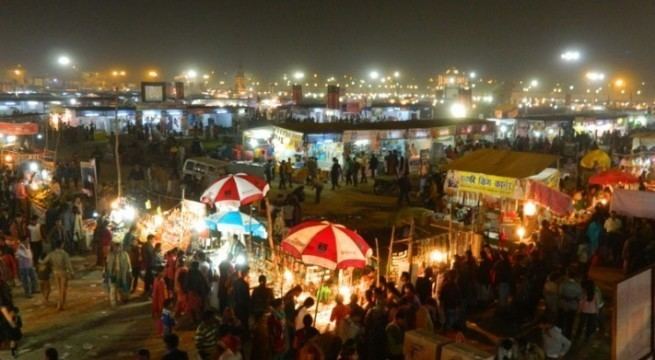Region Upper Assam Literacy 89.42 (2011)% | ||
Colleges and Universities Assam Agricultural University, Jorhat Engineering College, Jagannath Barooah College, Kaziranga University, CKB Commerce College | ||
Languages spoken Assamese, English | ||
Jorhat (Pron: ??o:?h?:t) (Assamese: ) is a city in the state of Assam in India. Guwahati and Jorhat are underway to become two sunshine cities of Assam as declared by the central government.
Contents
Map of Jorhat
Jorhat was the first town of the Upper and central Assam installing electricity supply in 1923. The first aeroplane on north-eastern soil was landed in Jorhat in 1928. Jorhat Gymkhana Club is the oldest golf course in Asia and third oldest in the world. The first stadium of Assam was built in Jorhat. The world’s oldest and largest Tea Experimental Station is located at Jorhat. The first non-government college of Assam J B College was established in Jorhat. The city has many research institutes, including the Tea Experimental Station, North East Institute of Science & Technology, Rain & Forest Research Institute, Central Muga Eri Research Institute and universities like Assam Agricultural University & Kaziranga University. Today Jorhat is a rapidly developing city and one of the major business & commercial hubs of North-east India. The recent urban development of Jorhat has seen the rise of several high cost apartments and flats with people flocking in from all parts of the state, making it truly a cosmopolitan City.
It was the last capital of the Ahom Kingdom and home to many historical monuments of Assamese culture. In the north of the district, the Brahmaputra River forms the second largest riverine island of the world, Majuli, which spreads over 924.6 square kilometres with a population of about 150,000. The island, threatened with constant erosion by the mighty and unstable Brahmaputra River, had been the principal place of pilgrimage of Vaishnavites since the age of the Ahom rulers. Several Sattras (monasteries) resembling those of medieval times are headed by Satradhikars teaching Vaishnavism, which was introduced by Srimanta Sankardeva (1449–1568). Each Sattra has an unknown wealth of Vaishnavite scriptures and extensive revenue-free lands cultivated by the Bhakats (celebated monks) of the Sattras. The cultural diversities which prevailed in Jorhat nearly a century ago has inspired the people to participate in cultural activities through the decades and as a result Jorhat has been able to produce many creative writers, musician, actors, historians and journalists, terming Jorhat "The Cultural Capital of Assam".
The city today has evolved to be one of the major commercial and business hubs of the state with growing numbers of shopping malls, restaurants, hotels, residential apartments and educational institutions. The city also serves as the base for tourism to famous places such as the Kaziranga National Park and the Worlds largest river island Majuli. Centrally located within the state, the city depicts a vibrant Assamese township and culture, making it one of the most preferred places for local people to conglomerate.
Geography

Jorhat City is located at 26.75°N 94.22°E? / 26.75; 94.22. It has an average elevation of 116 metres (381 feet).

In the north of the district, the Brahmaputra River forms the largest riverine island of the world, Majuli, which spreads over 924.6 square kilometres with a population of about 150,000. The island, threatened by constant erosion by the mighty and unstable Brahmaputra River, had been the principal place of pilgrimage of Vaishnavites since the age of the Ahom rulers. Several Satras (monasteries) resembling those of medieval times are headed by Satradhikars teaching Vaishnavism which was initiated by Sankardeva (1449–1568). Each Satra has an unknown wealth of Vaishnav Scriptures and extensive revenue-free lands cultivated by the Bhakats (celebated monks) of the Satras.
The city area widened to 9.20 km2 having 19 wards with a population of about 1.85 lakhs at present. The district spreads over 2,851 square kilometres (1,101 mi2) and had a population of 870,000 according to a 1991 census. Population density at that time was 306 persons per square kilometre (793/mi2). The sex ratio is 913 (913 females per 1000 males). The district has SC and ST population of 7.61% and 12.09%, respectively, of the total population. However, the Majuli Sub-Division has a tribal population of 70% who are primarily “Missing”. Floods frequent the island every year without any exception. The mean annual rainfall of the district is 2,029 millimetres (79.88 in). There are about 135 tea gardens including "out" gardens. The predominant field crop is rice, with per capita food grain production of 205 kg (450 lb) per annum.
History

See: Timeline of Jorhat

Jorhat ("jor" means join and "hat" means market) means two hats or mandis- “Macharhat” and “Chowkihat” which existed on the two different banks of the river Bhogdoi. During the 18th Century, Jorhat was the last capital of the Ahom Kingdom, as a planned town under royal patronage. It is often spelt as "Jorehaut" during the British reign. In the year 1794, the Ahom King Gaurinath Singha shifted the capital from Sibsagar, erstwhile Rangpur to Jorhat. Many tanks were built around the capital city by the Ahom royalty such as Rajmao Pukhuri or Borpukhuri, Buragohain Pukhuri, Bolia Gohain Pukhuri, Kotoki Pukhuri and Mitha Pukhuri. This town was a flourishing and commercial metropolis but completely destroyed by a series of Burmese invasions of Assam between 1817 and the arrival of the British force in the year 1824 under the stewardship of David Scott and Captain Richard.
The British Rule, though not free from rebellions and revolutions, contributed to the reemergence of this historical town. From the very first decade of the British rule, revolutionaries like Gomdhar Konwar, Jeuram Medhi, and Piyali Phukan emerged. The British system of administration came into vogue in the year 1839 with an established Police Thana. During the great Sepoy Mutiny, Maniram Dewan and Piyali Barua were hanged in public at this very place in 1858.
In 1885, a narrow gauge railway, Jorhat Provincial Railway, became operational. In time, this contributed to the rapid growth of the tea industry.
Although, the Civil Sub-division under Sibsagar district at Jorhat was formed in 1869, it was declared the administrative headquarters of the undivided Sibsagar district in 1911. The undivided Sibsagar District comprised the present Sivasagar, Jorhat, Golaghat district and parts of Karbi Anglong district. Major A. Playfair served as the first Deputy Commissioner. Presently, Jorhat is being modernized with many new commercial and non-commercial establishments. The old families of this ever prosperous city have transformed the city into a bustling and a well organised entity.
During the Second World War, Jorhat was one of the main supply depots in support of allied forces fighting in China. Flying the Hump of the Eastern Himalayas out of Jorhat with C-37 cargo planes and P-51 fighter support (Flying Tigers) was a regular occurrence.
Culture
Jorhat is and has been a vibrant place and is a perfect mixture of tradition and modernity. It was the hub of anti-British struggle of Assam. Before that it was the last capital of the Ahoms, the dynasty which ruled over Assam for six centuries. The cultural environment which prevails in Jorhat is the result of untiring effort of people trying to preserve its culture.

In the year 1915, Jorhat Sahitya Shabha was established in Jorhat followed by Asam Sahitya Sabha (Assamese: ??? ??????? ???, Oxom Xahityo Xobha or "Assam Literary Society") was established on 27 December 1917 in Sibasagar. The Chandrakanta Handique Bhavan, donated by late Radhakanta Handique, is the Headquarters of the Asam Sahitya Sabha in Jorhat.
Jorhat has been able to produce many creative writers, historians, journalists, et cetera. Birendra Kumar Bhattacharya, the first Assamese to win Indias highest literature award, the Jnanpith Award, was from Jorhat. Jorhat is the home of internationally reputed ideologists and educationalists like Krishna Kanta Handique, founder Vice Chancellor of Gauhati University. The sizable section of Assamese intelligentsia who reside in Jorhat have played an important role in the building of modern Assam.
Jorhat Town Hall is the administrative building located in the centre of the City. The Elyee Talkies, presently known as Elyee Cinema, was the first cinema theatre in Gar Ali, the heart of the city.
Economy
Jorhat was headquarters of trade in undivided Sibsagar district. Several factors viz. direct connection with Kolkata by air, proximity to a suitable river port at Nimati, location of financial institutions, administrative headquarters and other commercial carrying centers have contributed to rise of Jorhat to its present stage. The main items of imports to the district are pulses, mustard oil, tobacco, cement, textile, chemicals, drugs and all kind of consumer products. The items of export are tea, jute, forest products, oil, packaged food products etc. In case of big and medium industries in the district, Tea continues to occupy a major place. Now, there are quite a large number of gardens in the district occupying a considerable amount of area. Jorhat also has the headquarters of ONGC East India and Assam Arakan Basin.
Places of interest
Majuli, is the largest freshwater river island in The world contesting for a position in the "World Heritage list", falls under the jurisdiction of the civil administration of sub-division of Jorhat District. It is located 20 kilometers fro the heartland of the City of Jorhat, Assam. It is an environment friendly, pollution free fresh water island nestled in the mighty River Brahmaputra. Total area of the island is 1250 km2. Majuli is a geographical landscape of natural and cultural heritage site, with water bodies covering most of the areas which attracts plenty of local and migratory birds. About twenty six Satras or the cultural house of power are in Majuli of which the Kamalabari, Auniati and Garmur are worth mentioning. These Satras are propagating the religious ideology of great Assamese medieval Vaisnavite saint Sankardav and Madhavdav, preaching satria culture.
